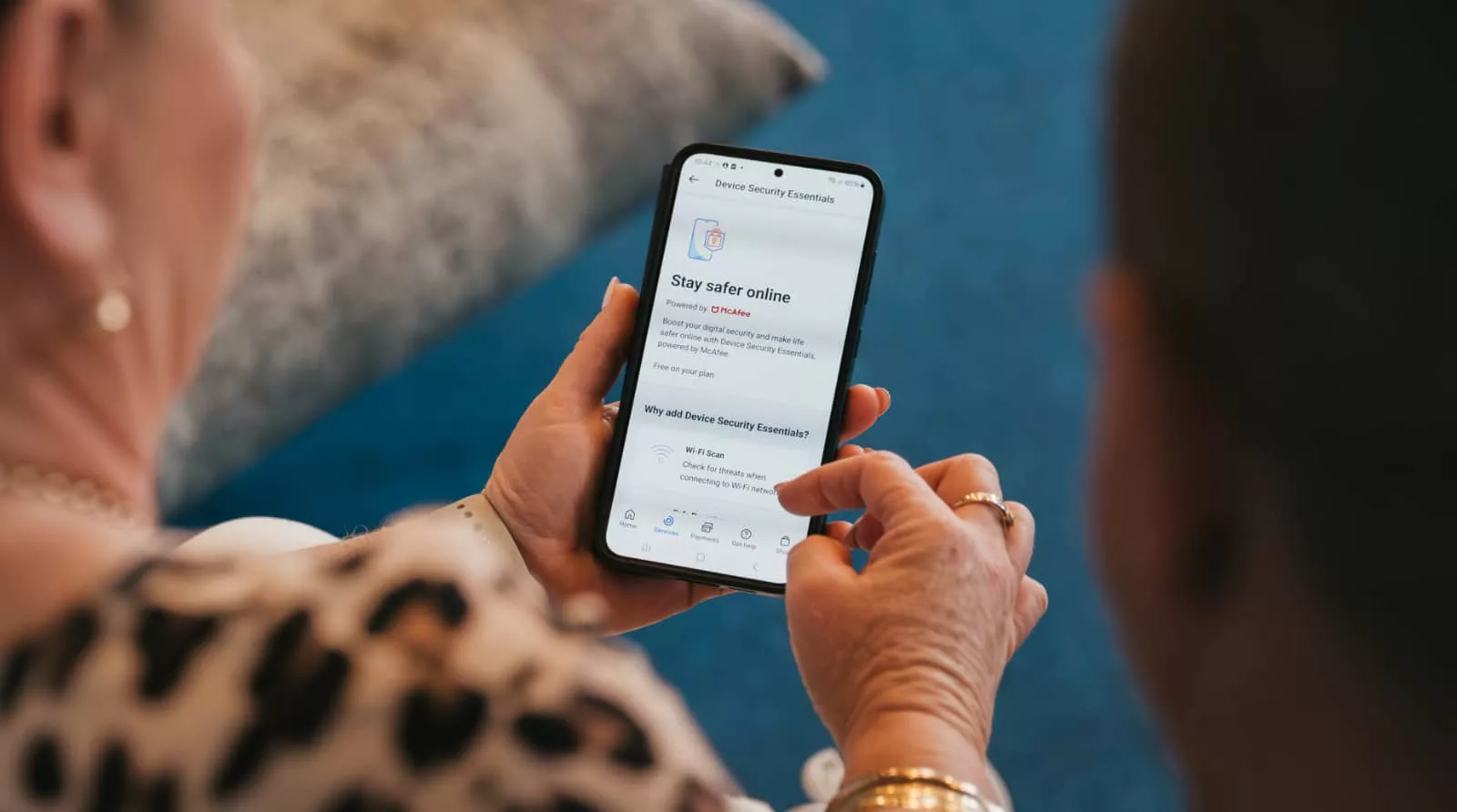Public WiFi can come with the odd risk or two, but if you’re a Telstra customer, you might just have a way to evade those risks on the go.
Mobile 5G connections are typically fast, but they aren’t always reliable from place to place. You might be at a shopping centre struggling to get mobile reach, or even just too far inside a building to make a dent, affecting your ability to stay connected.
Call it a #firstworldproblem because it definitely is, though the solution at times can be free WiFi, something shops, cafes and businesses alike tend to provide. As nice an idea as free public WiFi is, it can come with its own issues, typically around privacy.
In fact, according to recent research from Telstra conducted in partnership with YouGov, the telco found that 44 percent of mobile owners say they’re likely to connect to public WiFi, with 79 percent doing so for tasks that need the highest of security and privacy, namely online banking and paying bills.
On a free internet connection, that’s a risk, and one that could lead to a loss in a big way, particularly as you have no idea who is on that wireless network and if there’s any logging in place.
Mobile connections and personal WiFi at home are clearly safer, while using a virtual private network (VPN) with free WiFi can help beef up that security situation considerably. VPNs tend to cost money, however, and so not everyone uses them. However, there’s good news for Telstra customers, as it rolls out some peace of mind for folks using the Telstra app.
This week, the telco is adding device-based security essentials powered by McAfee to the My Telstra app available on iOS and Android, an addition that will provide a WiFi scan to check for security threats, a device check to look for malware and security settings dependent on your device, and an alert system that warns you about risky websites and links.
The addition isn’t technically a replacement for a VPN — you still might want one of those if you plan to use free and public WiFi — but it does provide a little peace of mind for any potential risks, and may just nudge you into switching to your mobile connections when you’re sending data that deals with something more critical, such as financial information.






